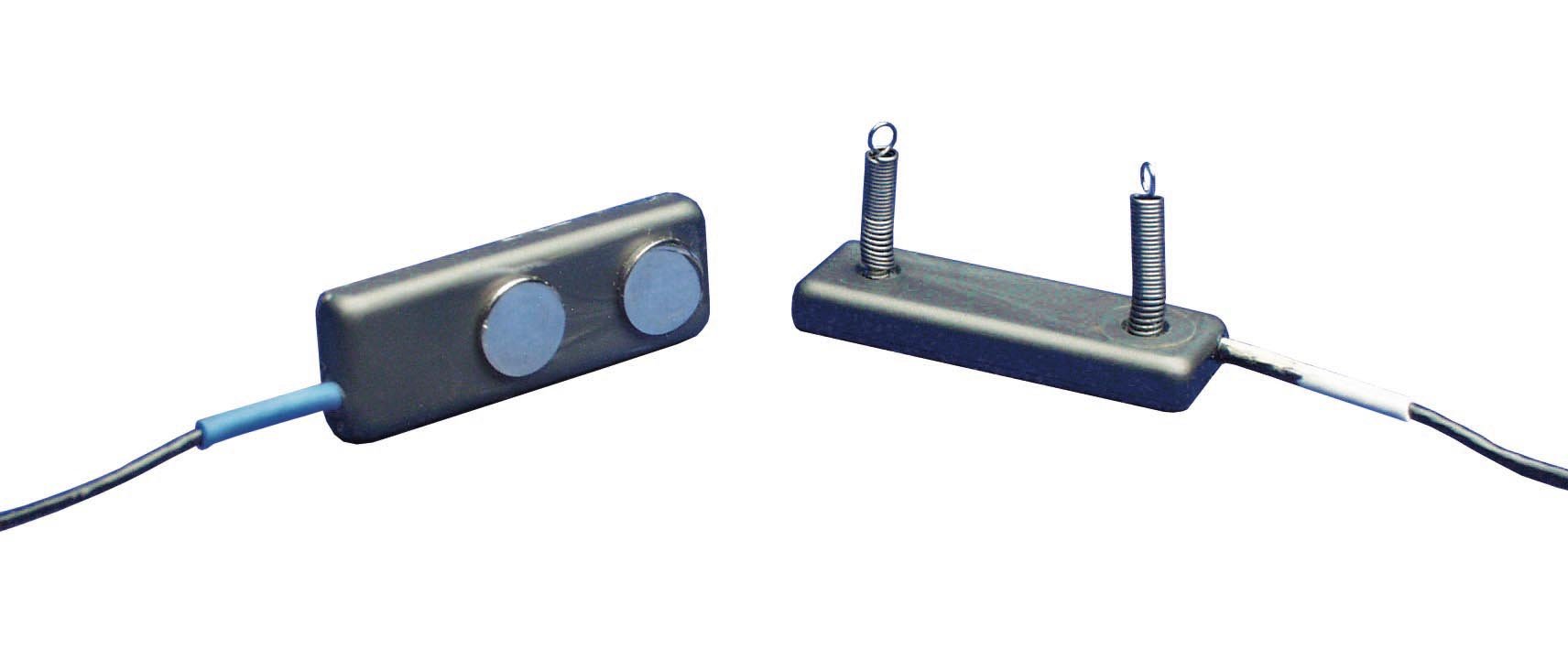Active Electrodes
Life Science Data Acquisition at its Best
TSD150 Series active electrodes are designed for multiple-channel surface EMG (sEMG) measurements. The units incorporate a built-in high-gain amplifier with an integral 500 Hz lowpass filter. The unique design allows you to easily convert the surface contact electrodes to wire needle electrodes for intricate sub-dermal procedures.
The TSD150 series active electrodes connect directly to the MP System via the HLT100C high-level transducer module. The TSD150 series are very easy to use—locate the position and hold in place with surgical tape (TAPE1).
Electrode Spacing Options
Wide: 35 mm – TSD150A
Narrow: 20 mm – TSD150B
See More...

Stay Connected